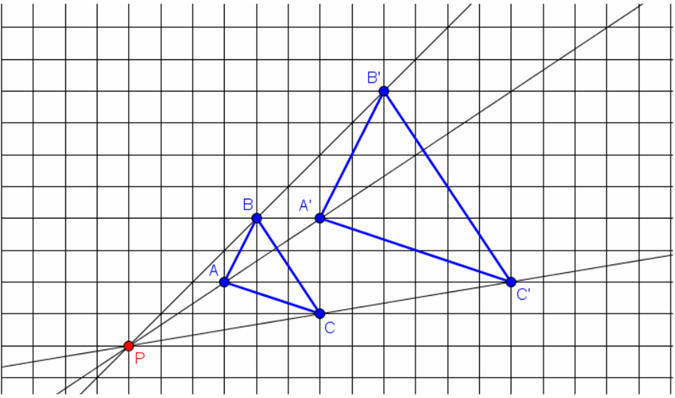The Midline Theorem
Two midpoints of a triangle are connected with a segment. Investigate.
1.) What did you observe in your investigation?
2.) What do your observations about the measures of the angles mean? How do they relate to the properties of the segments?
3.) What did you observe about the lengths of segment DE and segment BC? Was this observation always true?
4.) Based on the discussion, make conjectures about the relationship between segment AB and segment BC.
